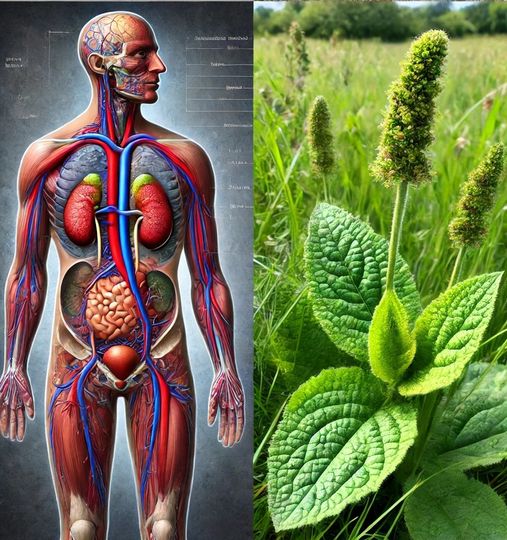Identifying Plantain Weed
To identify plantain weed, look for the following characteristics:
Leaf Shape: The leaves are large, oval-shaped, and grow in a spiral rosette close to the ground.
Seed Spikes: The seeds grow on tall, slender spikes that emerge from small, yellowish-white flowers.
Growth Environment: Plantain is typically found in temperate regions where the soil has been disturbed by human activity, such as gardens, parks, and roadsides.
Potential Risks and Side Effects
While plantain weed is generally considered safe to eat, some people may experience side effects:
Digestive Issues: In rare cases, consuming plantain may cause nausea, vomiting, bloating, or diarrhea. It is advisable to start with a small amount if you are trying it for the first time.
Allergic Reactions: Though uncommon, some individuals may experience skin irritation or allergic reactions when handling plantain weed. If applying it to the skin, perform a patch test by applying a small amount to your forearm and wait for 24 hours to see if any adverse reactions occur.
